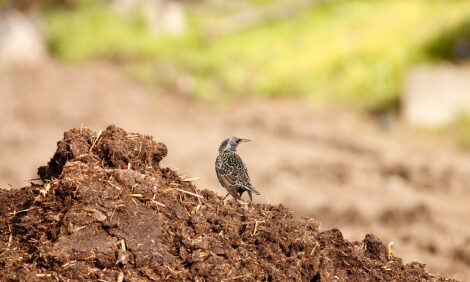



Animal Health Issues Impacting Mexican Poultry Industry
MEXICO - The Mexican poultry industry continues to be affected by several minor disease issues. As a result of ongoing biosecurity measures, a modest increase in production of broiler meat and eggs are expected.Commercial broiler meat production for 2015 is forecast to rise as ongoing consolidation, along with improved biosecurity measures, has enabled the industry to overcome the challenges posed by the 2012 and 2013 highly pathogenic avian influenza (HPAI) outbreaks that spread across the country.
The 2012 and 2013 HPAI outbreaks have led to the modernisation and implementation of contingency insurance to increase certainty for poultry producers. Mexico's broiler meat production estimate for 2014 has nevertheless been revised downward to 3.0 MMT, due to ongoing minor AI outbreaks in certain contained areas. Broiler production estimates for 2013 remain unchanged.
Broiler meat consumption for 2015 is forecast to rise as it continues to be the consumers' preferred choice of protein source as it the most affordable option. Consumption growth is recovering and per capita consumption levels appear on the upswing.
Given increased prices and volumes of imported products, poultry exports in 2015 are expected to surpass those of 2014. The United States continues to be Mexico's leading supplier of poultry and poultry products. During January to May 2014, approximately 98 per cent of Mexico's chicken and turkey imports were from the US. Besides the US, Chile and Canada also play a pivotal role in supplies.
Mexico has chosen not to impose any duties on imported US CLQs. On 21 July, the Secretariat of Economy (SE), under the Mexican government, announced that the AD Resolution Panel would be suspended due to the withdrawal of a panel member. The AD process is still on hold and the date for resumption remains vague.
On 31 July, the SE announced in the Diario Oficial (the Mexican federal register) a duty-free import quota of 300,000 MT fresh, chilled or frozen broiler, turkey meat, and mechanically separated meat. Previously (31 May), the SE announced a duty-free import quota of 300,000 MT fresh, chilled or frozen broiler meat.
Commercial turkey production for 2015 is forecast to grow marginally compared to 2014. This is mainly due to the fact that producers have little incentive to expand production and have actually contracted since 2012.
Turkey producers are facing several challenges as far as the production system for breeding, growing, slaughtering, and further processing is concerned. This gives little incentive to increase production, as products compete with imports, and producers have only a seasonal period when their products are consumed as whole turkeys.
As mentioned, domestic consumption of whole or smoked turkey continues to be seasonal, so imports of mechanically separated/deboned turkey meat, either chilled or frozen, to prepare deli meats and related products is anticipated to continue growing. Consumers appear to prefer some of these products.
Marginal growth of turkey meat imports is forecast for 2015. The forecast is based on sustained demand from domestic processors who cannot source ample supplies from domestic production. Export of turkey meat has been stable for several years now and is forecast to remain the same.
Further Reading
You can view the USDA GAIN: Mexico Poultry and Products Annual 2014 report by clicking here.








